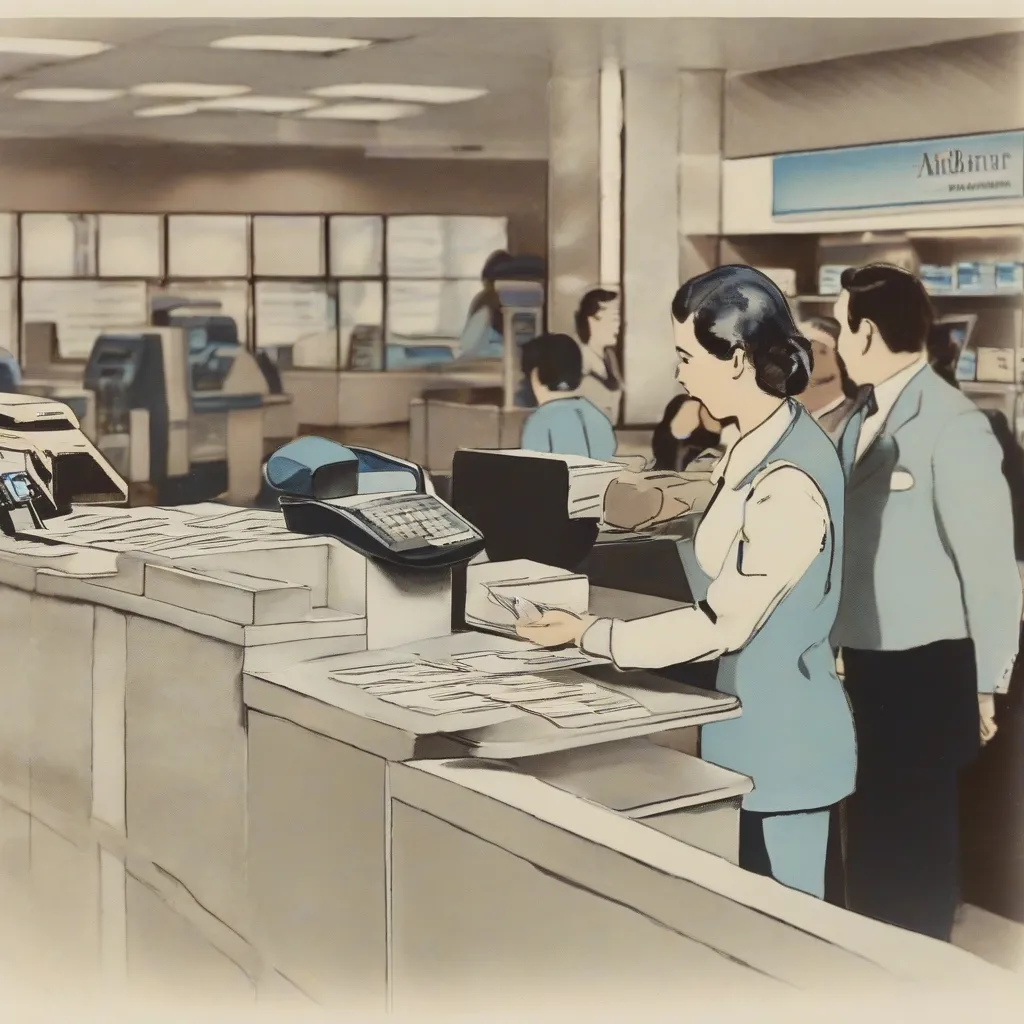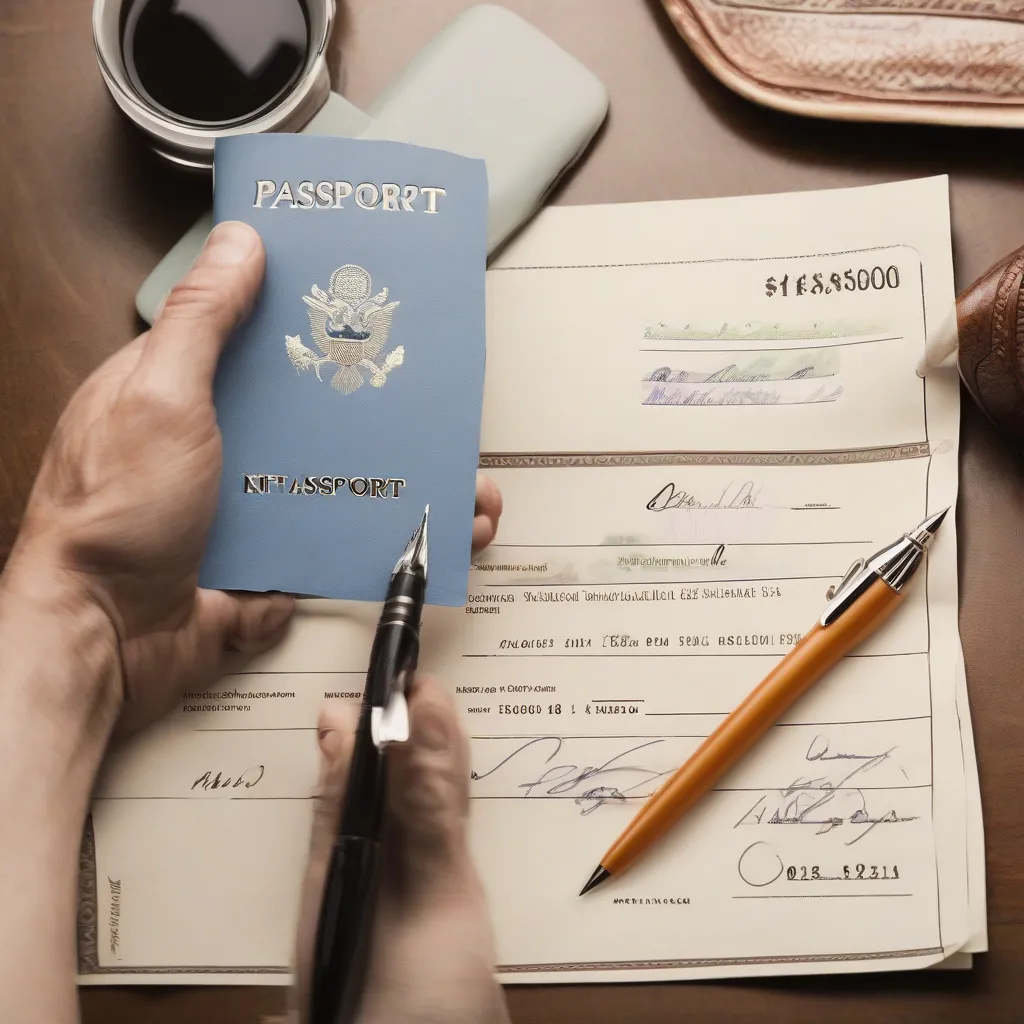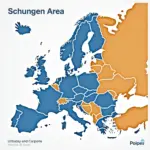Remember the days when your biggest travel worry was keeping your cash safe? Those days might feel long gone in our digital age, but there’s still a place for a little old-school security, especially when venturing off the beaten path. Enter traveler’s cheques! Think of them as the analog ancestors of travel debit cards, offering a secure way to carry funds without relying solely on plastic.
Understanding Traveler’s Cheques
Before we dive into the “how-to,” let’s answer the “what.” Traveler’s cheques are pre-printed checks for specific amounts, signed by you at the time of purchase. To use them, you sign again in front of the recipient, providing a security measure against theft or loss.
Why Use Traveler’s Cheques?
- Security: Lost or stolen cheques can usually be replaced, offering peace of mind compared to carrying large amounts of cash.
- Wide Acceptance: While not as widely accepted as credit cards, traveler’s cheques are still recognized in many parts of the world, especially in more established tourist areas.
- Currency Exchange: They can be purchased in various currencies, helping you lock in exchange rates before your trip.
Where to Obtain Traveler’s Cheques
- Banks: Your local bank is usually the most reliable source for traveler’s cheques. Call ahead to inquire about availability and fees.
- Credit Unions: Similar to banks, credit unions often offer traveler’s cheques as a service to members.
- Travel Agencies: Some travel agencies may provide traveler’s cheques, though this is becoming less common.
Tips for Buying Traveler’s Cheques
- Plan Ahead: Give your bank or credit union sufficient notice as they may need to order the cheques.
- Fees: Expect to pay a small fee for purchasing traveler’s cheques.
- Currency Choice: Consider buying cheques in the local currency of your destination or in a widely accepted currency like US dollars or Euros.
 Traveler's Cheques at Bank
Traveler's Cheques at Bank
Using Traveler’s Cheques
Using traveler’s cheques is straightforward:
- Find a Location: Banks, hotels, and some shops will cash or accept traveler’s cheques.
- Present Your Cheque: Show your passport or another form of ID for verification.
- Sign the Cheque: You’ll need to countersign the cheque in front of the cashier or clerk.
Important Notes:
- Keep Records: Keep a separate record of your cheque numbers and denominations in case of loss or theft.
- Leftover Cheques: Uncashed cheques can usually be redeemed at your bank or credit union upon your return.
 Using Traveler's Cheques
Using Traveler's Cheques
Traveler’s Cheques vs. Travel Debit Cards
While traveler’s cheques offer security, they are becoming less common in our increasingly digital world. Travel debit cards offer similar benefits with added convenience:
- Ease of Use: Accepted at most ATMs and point-of-sale terminals worldwide.
- Reloadable: Easily add funds to your card as needed.
- Competitive Exchange Rates: Many travel debit cards offer favorable exchange rates compared to traditional currency exchanges.
For a comprehensive look at travel debit cards, check out our article: A Travel Debit Card: Your Ultimate Travel Companion
Conclusion
Traveler’s cheques are a viable option for travelers seeking a secure alternative to cash, especially in destinations where digital payment options are limited. However, the convenience and flexibility of travel debit cards make them a popular choice for modern adventurers. Whichever method you choose, ensure you research and plan ahead to make the most of your travel budget.
